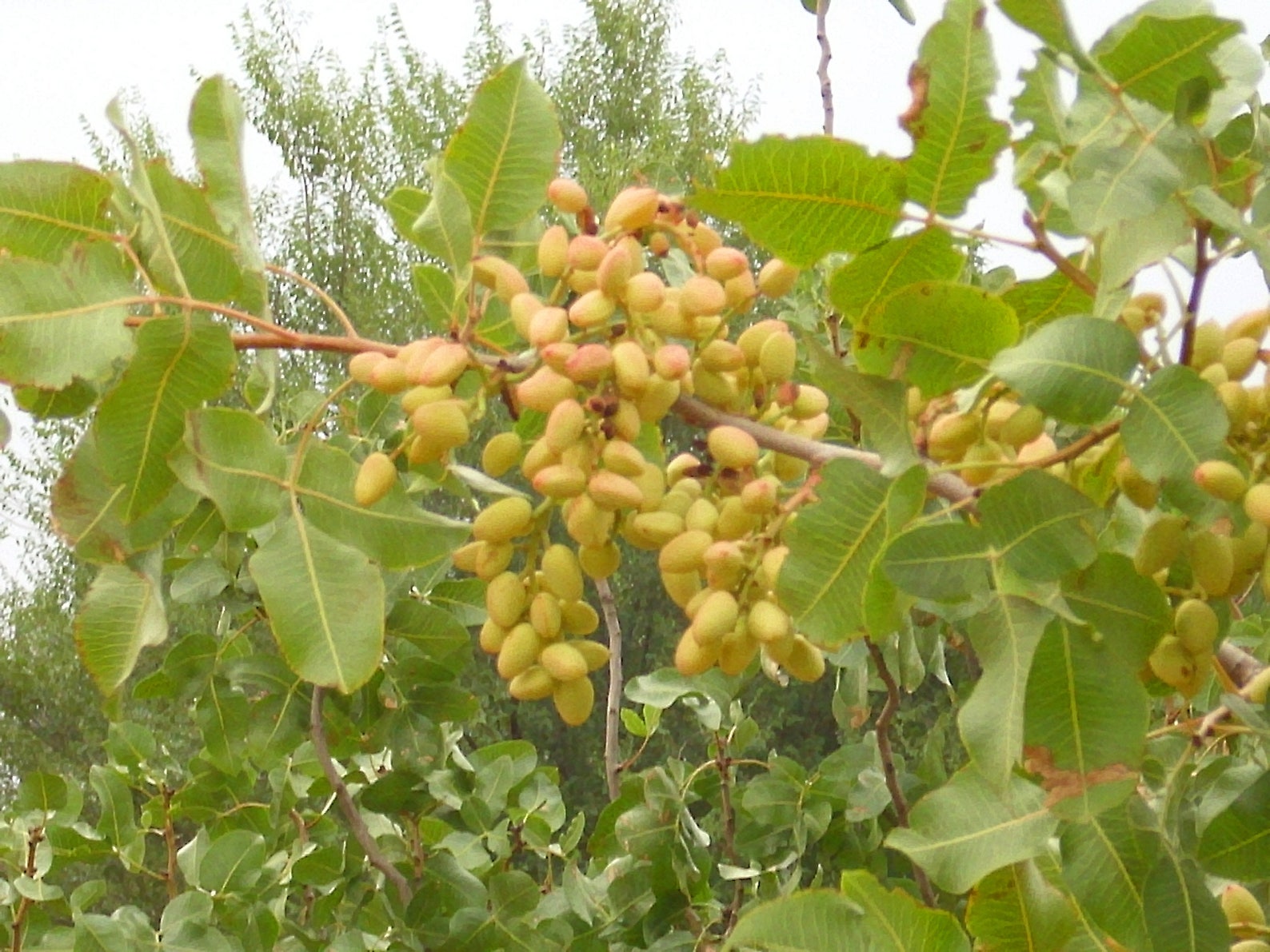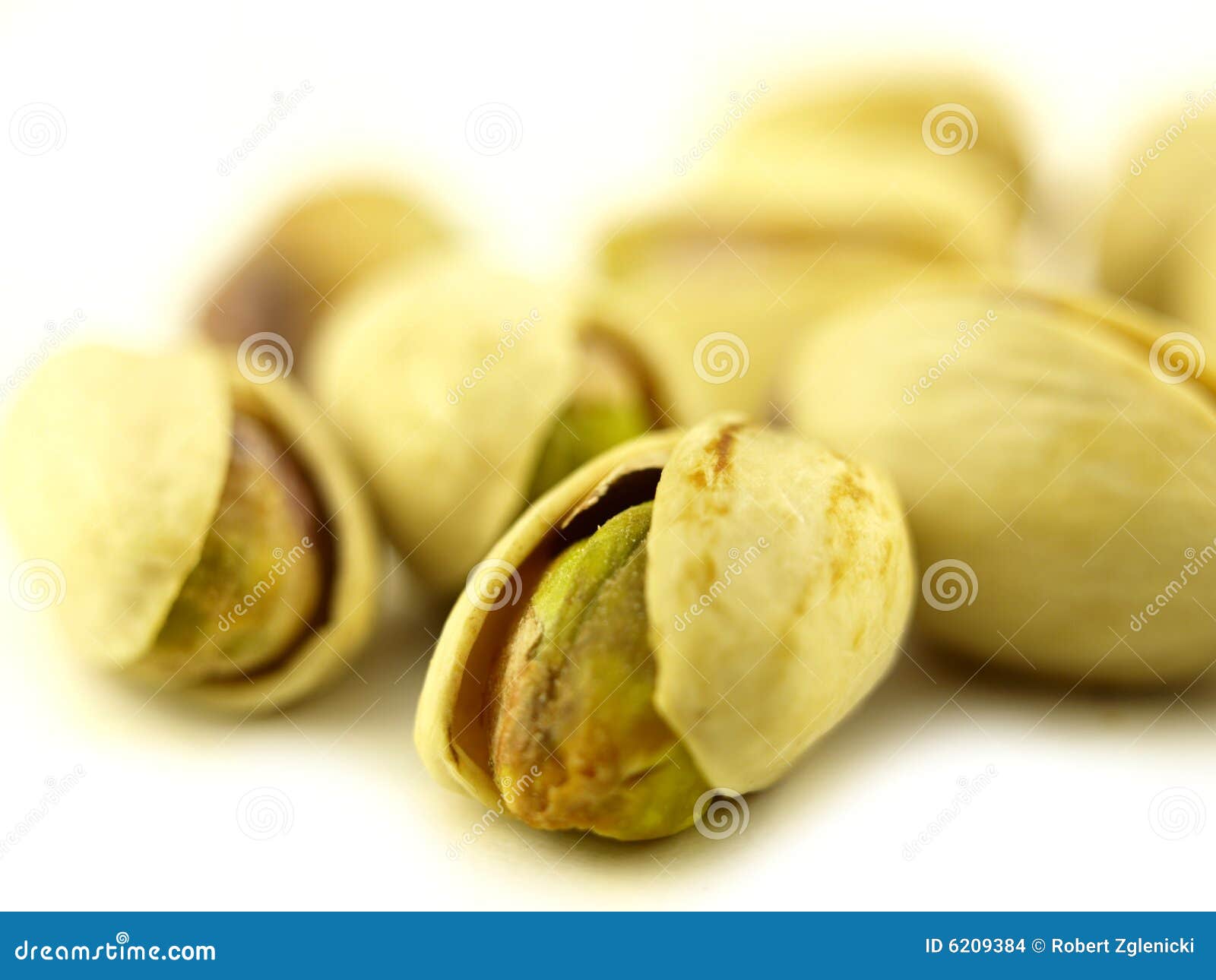Pistachio Nut Tree: The Green Gem Of The Nut World
Ever wondered why pistachio nut trees are such a big deal? These little green wonders aren’t just tasty snacks—they’re nutritional powerhouses that grow on some seriously fascinating trees. If you’re into gardening, farming, or just love nuts, the pistachio nut tree is worth your attention. So, buckle up as we dive deep into the world of these amazing trees!
Pistachio nut trees have been around for centuries, and their importance in agriculture and nutrition cannot be overstated. They’re not just a crunchy treat but also a symbol of resilience and adaptability in harsh climates. If you’re thinking about planting one or simply curious about these trees, you’re in the right place.
This article is your ultimate guide to everything pistachio nut trees. We’ll cover the basics, their benefits, how to grow them, and even some fun facts that’ll make you appreciate these trees even more. Let’s get started!
- Coolidge Kristofferson The Rising Star Redefining Modern Music
- Skip The Games The Ultimate Guide To Building Trust In Relationships
Here’s the table of contents to help you navigate:
- Biography of Pistachio Nut Trees
- Benefits of Growing Pistachio Nut Trees
- Ideal Climate for Pistachio Nut Trees
- How to Plant Pistachio Nut Trees
- Caring for Pistachio Nut Trees
- Harvesting Pistachio Nuts
- Health Benefits of Pistachios
- Economic Importance of Pistachio Nut Trees
- Common Challenges in Growing Pistachio Nut Trees
- The Future of Pistachio Nut Trees
Biography of Pistachio Nut Trees
Let’s start with the basics. The pistachio nut tree, scientifically known as Pistacia vera, is a member of the Anacardiaceae family, which also includes mangoes and cashews. These trees have been cultivated for thousands of years, with their origins traced back to Central Asia and the Middle East.
Here’s a quick breakdown of some key facts about pistachio nut trees:
- Channel Bravo On Directv Your Ultimate Guide To Entertainment
- Keith Knight Actor Movies Unveiling The Career Of A Hollywood Gem
| Scientific Name | Pistacia vera |
|---|---|
| Common Name | Pistachio Nut Tree |
| Family | Anacardiaceae |
| Origin | Central Asia, Middle East |
| Height | Up to 30 feet |
| Lifespan | Up to 100 years |
Where Do Pistachio Nut Trees Thrive?
Pistachio nut trees are native to regions with hot, dry summers and cool winters. They thrive in areas like Iran, Turkey, and the United States (especially California). The tree’s ability to adapt to harsh conditions makes it a favorite among farmers in arid regions.
Benefits of Growing Pistachio Nut Trees
Why should you consider growing a pistachio nut tree? Here are some compelling reasons:
- Economic Value: Pistachios are one of the most valuable nuts in the market, making them a profitable crop for farmers.
- Environmental Impact: These trees help combat soil erosion and contribute to biodiversity in arid regions.
- Health Benefits: Pistachios are packed with nutrients, making them a healthy snack option.
Did You Know?
Pistachio nut trees can live for over a century, producing nuts for decades. That’s a lot of value from a single tree!
Ideal Climate for Pistachio Nut Trees
These trees are tough cookies, but they do have specific climate requirements. They need:
- Hot, dry summers with temperatures up to 100°F (38°C).
- Cool winters with temperatures below 45°F (7°C) to induce dormancy.
- Low humidity to prevent fungal diseases.
If you live in an area with these conditions, you’re in luck. Pistachio nut trees can thrive in USDA hardiness zones 7-11.
How to Plant Pistachio Nut Trees
Planting a pistachio nut tree isn’t as simple as sticking a seed in the ground. Here’s a step-by-step guide:
- Select the Right Location: Choose a spot with well-drained soil and plenty of sunlight.
- Prepare the Soil: Pistachios prefer sandy or loamy soil with a pH between 7.0 and 7.8.
- Plant the Seedling: Purchase a healthy seedling from a reputable nursery and plant it in a hole twice the size of the root ball.
- Water Regularly: Water the tree deeply but infrequently to encourage deep root growth.
Patience is key here. Pistachio nut trees take about 5-8 years to start producing nuts, but the wait is worth it!
Tips for Success
Remember, pistachio nut trees are dioecious, meaning you’ll need both male and female trees to produce nuts. Aim for a ratio of one male tree for every five to ten female trees.
Caring for Pistachio Nut Trees
Once your tree is planted, it’s time to give it some TLC. Here’s how:
- Fertilization: Use a balanced fertilizer during the growing season to promote healthy growth.
- Pruning: Regular pruning helps maintain the tree’s shape and encourages nut production.
- Pest Control: Keep an eye out for pests like aphids and scale insects, and treat them promptly.
Proper care will ensure your tree remains healthy and productive for years to come.
Harvesting Pistachio Nuts
Harvest time is the most rewarding part of growing pistachio nut trees. Here’s what you need to know:
Pistachios are typically harvested in late summer or early fall when the hulls split open naturally. You can shake the tree to loosen the nuts or use a mechanical harvester for larger plantations. After harvesting, the nuts need to be dried and processed before they’re ready to eat.
Fun Fact
Pistachios are one of the few nuts that are naturally split before harvest. This makes them easier to shell and enjoy!
Health Benefits of Pistachios
Pistachios aren’t just delicious; they’re also incredibly nutritious. Here are some of their health benefits:
- Heart Health: Rich in monounsaturated fats, pistachios can help lower cholesterol levels.
- Weight Management: Despite being high in calories, pistachios can aid in weight loss due to their high fiber and protein content.
- Antioxidants: Pistachios are packed with antioxidants that protect cells from damage.
So, the next time you reach for a snack, consider grabbing a handful of pistachios!
Economic Importance of Pistachio Nut Trees
Pistachios are big business. They’re one of the most valuable nuts in the global market, with Iran and the United States being the top producers. The demand for pistachios continues to grow, driven by their popularity as a healthy snack.
Farmers who invest in pistachio nut trees can reap significant financial rewards. With proper care and management, these trees can produce nuts for decades, making them a sustainable and profitable crop.
Common Challenges in Growing Pistachio Nut Trees
While pistachio nut trees are resilient, they do face some challenges:
- Diseases: Fungal diseases like verticillium wilt can affect the tree’s health.
- Pests: Aphids, scale insects, and other pests can damage the tree and reduce nut production.
- Climate Change: Changing weather patterns can impact the tree’s ability to produce nuts.
Staying vigilant and taking preventive measures can help mitigate these challenges.
The Future of Pistachio Nut Trees
The future looks bright for pistachio nut trees. As more people become health-conscious, the demand for pistachios is expected to rise. Researchers are also working on developing new varieties that are more resistant to diseases and adaptable to changing climates.
With their economic, environmental, and health benefits, pistachio nut trees are poised to play an important role in sustainable agriculture.
Conclusion
Pistachio nut trees are more than just a source of delicious snacks. They’re symbols of resilience, adaptability, and sustainability. Whether you’re a farmer, gardener, or simply a pistachio lover, these trees have something to offer everyone.
So, what are you waiting for? Start exploring the world of pistachio nut trees today. And don’t forget to share this article with your friends and family. Together, let’s spread the word about these amazing trees!
References:
- USDA Plant Guide: Pistacia vera
- FAO: The Role of Pistachio Nuts in Sustainable Agriculture
- Journal of Nutrition: Health Benefits of Pistachios



Detail Author:
- Name : Keanu Graham
- Username : ewilderman
- Email : zwalker@gmail.com
- Birthdate : 2000-11-07
- Address : 908 Johnpaul Villages Koelpinville, MN 67929
- Phone : (551) 614-0941
- Company : Bernhard, Kassulke and Nolan
- Job : Lay-Out Worker
- Bio : Illo omnis eius velit delectus aut autem fugit. Omnis totam incidunt quod in. Sunt et soluta sed sequi id. Rerum aliquam deserunt eum aspernatur velit.
Socials
tiktok:
- url : https://tiktok.com/@karldickinson
- username : karldickinson
- bio : Eum ut sequi in labore sit aut sit nihil.
- followers : 1155
- following : 2479
facebook:
- url : https://facebook.com/karldickinson
- username : karldickinson
- bio : Et labore facere quia labore delectus. Maxime explicabo at porro aperiam non.
- followers : 2815
- following : 1532
instagram:
- url : https://instagram.com/karl7948
- username : karl7948
- bio : Est ad quasi voluptate ut. Voluptatem mollitia assumenda placeat sit.
- followers : 2366
- following : 1819
twitter:
- url : https://twitter.com/karl464
- username : karl464
- bio : Expedita reprehenderit voluptatibus atque quasi. Distinctio blanditiis id tempore minus. Architecto voluptatem neque rem sit sit.
- followers : 3381
- following : 1839
linkedin:
- url : https://linkedin.com/in/karldickinson
- username : karldickinson
- bio : Officiis est at quia.
- followers : 5555
- following : 1243